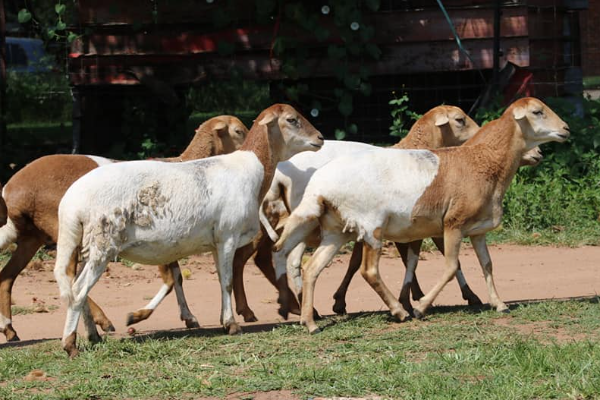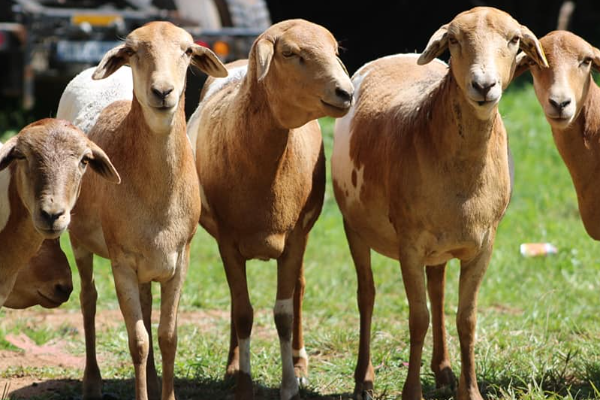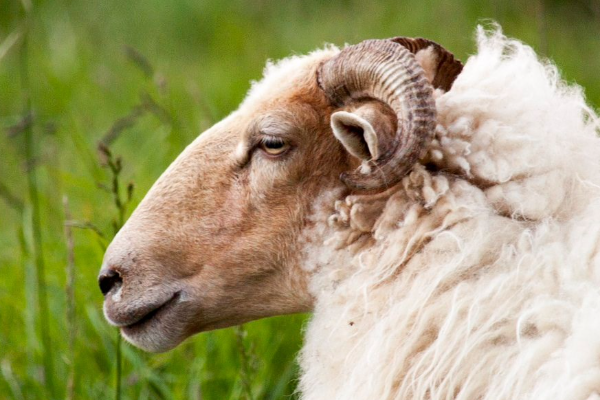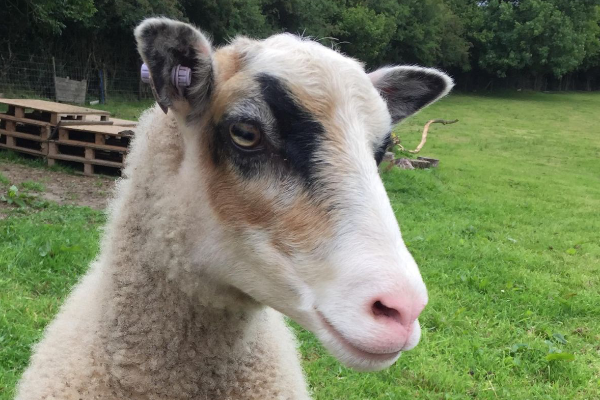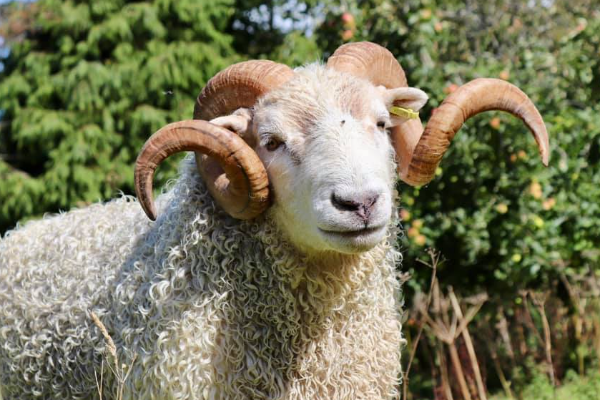Nguni Sheep
What is the history of Nguni Sheep?
Nguni sheep are divided into three groups: the Zulu, the Swazi and the Pedi. The Nguni sheep of Zululand and Swaziland migrated to South Africa with the Nguni people between 200 and 400 AD down the eastern coast to the areas where they are found today.The Iron Age people in their migration took several routes to the south. One group came down the east coast into Natal and then dispersed further south. This dispersal was limited by the growing conditions of their crops, such as millet, which could not be grown on the cold plateau of the Highveld. These people brought sheep and cattle with them and it is these that are thought to be ancestors of the present Nguni breeds.
What are the characteristics of Nguni Sheep?
- Indigenous fat-tailed meat breed.
- The Nguni sheep have a mixed appearance in that their tails can be either thin or fat, they have different colours and sizes and they can have a coat of either wool or hair. This variation seems to point to recently crossbred sheep, but in fact is due to a broad ancestral gene pool. This broad gene pool can give rise to a varied physical appearance but also supplies the genes necessary for the animals' adaptation to different and sometimes challenging conditions as hot humid coastal bushveld to hot dry bushveld.
- The Nguni is a small to medium framed, multi- coloured fat-tailed sheep. Generally, this breed has a black, brown or reddish brown coat that is sometimes pied.
- They tend to be woollier than breeds such as the Pedi and Damara.
- Rams are horned or polled.
- The ears, which are short and narrow, are sometimes very small and are often referred to as mouse ears.
- The tail is fat, long and carrot shaped. However, some sheep have long thin tails that contain very little fat.
What is the weight of mature Nguni Sheep?![]()
Nguni rams is in the range of 45 - 50 kg and a mature ewes 30 - 35 kg.

Written by
H Cetin KATIRCI
Online ShepherdBreedsMore
IllnessesMore
Forage cropsMore
![]() Патологическая физиология голодания Arina TARAN
Патологическая физиология голодания Arina TARAN![]() Дефицит фосфора (гипофосфатемия) Hipofosfatemi Arina TARAN
Дефицит фосфора (гипофосфатемия) Hipofosfatemi Arina TARAN![]() Какие бывают кормораздатчики для ферм КРС? Irina Makarova
Какие бывают кормораздатчики для ферм КРС? Irina Makarova![]() Кормушки для овец Diana Myakisheva
Кормушки для овец Diana Myakisheva![]() Питание домашних коз: что едят, виды корма и правила кормления Alina Arslantürk
Питание домашних коз: что едят, виды корма и правила кормления Alina Arslantürk![]() Важность минералов питании сельскохозяйственных животных Irina Makarova
Важность минералов питании сельскохозяйственных животных Irina Makarova
Use of the information/advice in this guide is at your own risk. The Farmow and its employees do not warrant or make any representation regarding the use, or results of the use, of the information contained herein as regards to its correctness, accuracy, reliability, currency or otherwise. The entire risk of the implementation of the information/ advice which has been provided to you is assumed by you. All liability or responsibility to any person using the information/advice is expressly disclaimed by the Farmow and its employees.


